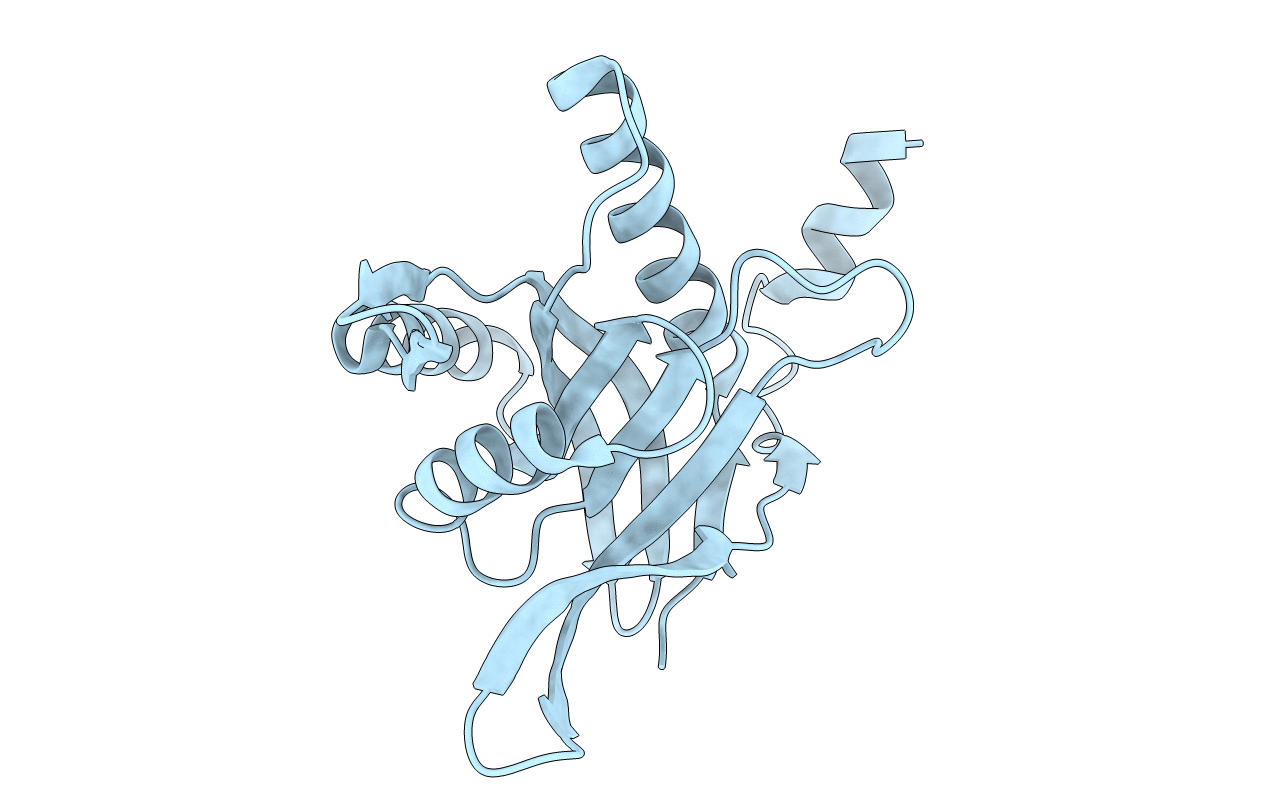
Deposition Date
2014-05-21
Release Date
2014-09-03
Last Version Date
2024-02-28
Method Details:
Experimental Method:
Resolution:
1.76 Å
R-Value Free:
0.20
R-Value Work:
0.15
R-Value Observed:
0.15
Space Group:
P 31 2 1


